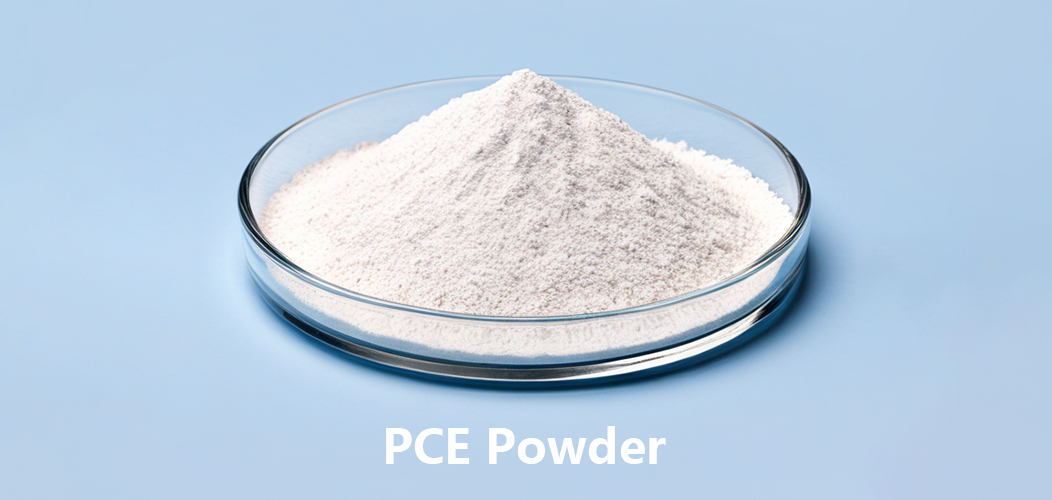
Polycarboxylate Superplasticizers (PCE) in Construction: Applications and Developments
2024-12-09 15:52With the continuous progress of modern construction technology, especially the commercialization of ordinary concrete, the construction industry's demand for concrete is not only limited to strength, but also includes environmental protection, durability, and meeting specific project requirements. In this context, polycarboxylate superplasticizers (PCE), as a new type of admixture, have received widespread attention due to their excellent performance.
Key Features and Advantages of PCE:
High Water Reduction: PCE can typically achieve a water reduction rate of up to 25%, significantly improving the flowability of concrete.
Excellent Adaptability: PCE have good compatibility with different types of cement, effectively enhancing the workability performance of concrete.
Good Water Retention: While improving flowability, PCE can effectively control the water loss of concrete and reduce bleeding.
Multifunctionality: In addition to water reduction, PCE can also improve the crack resistance and durability of concrete.
Current Applications of PCEs:
3.1 Classification and Applications
Polyacrylate-based PCE: Good compatibility with various cements, widely used in construction projects.
Methacrylic Acid and Maleic Acid Copolymers: Improved flowability and adsorption through segmented structures, suitable for high-performance concrete.
Maleic Acid-based Superplasticizers: Possess non-water-soluble and high-molecular reactivity, effectively reducing slump loss.
3.2 Key Technologies
Compatibility Technology: PCE have poor compatibility with other superplasticizers, requiring measures to avoid cross-contamination.
Retardation Technology: Collaboration with retarders may be needed during construction to extend the plasticity of concrete.
Air Content Control: PCE have good air-entraining effects, requiring the use of defoamers and air-entraining agents to improve concrete durability.
Aggregate Fines Content Control: High fines content in aggregates can affect the effectiveness of PCE, requiring the selection of suitable PCE types.
Challenges in Practical Applications:
Impact of Water Content: Increased water content can lead to issues such as bleeding and segregation, affecting construction quality.
Layer Separation Phenomenon: The use of PCE may cause layer separation in concrete, requiring measures to prevent coarse aggregate and mortar separation.
Compatibility Issues: Insufficient compatibility with traditional superplasticizers may result in reduced concrete flowability.
Conclusion:
Polycarboxylate Superplasticizers (PCE) have a promising future in modern construction as a highly effective concrete admixture. Their unique molecular structure can significantly improve the performance of concrete, including flowability, crack resistance, and durability. While facing some challenges in practical applications, through continuous research and optimization, PCE will provide strong support for the quality and durability of construction projects.

